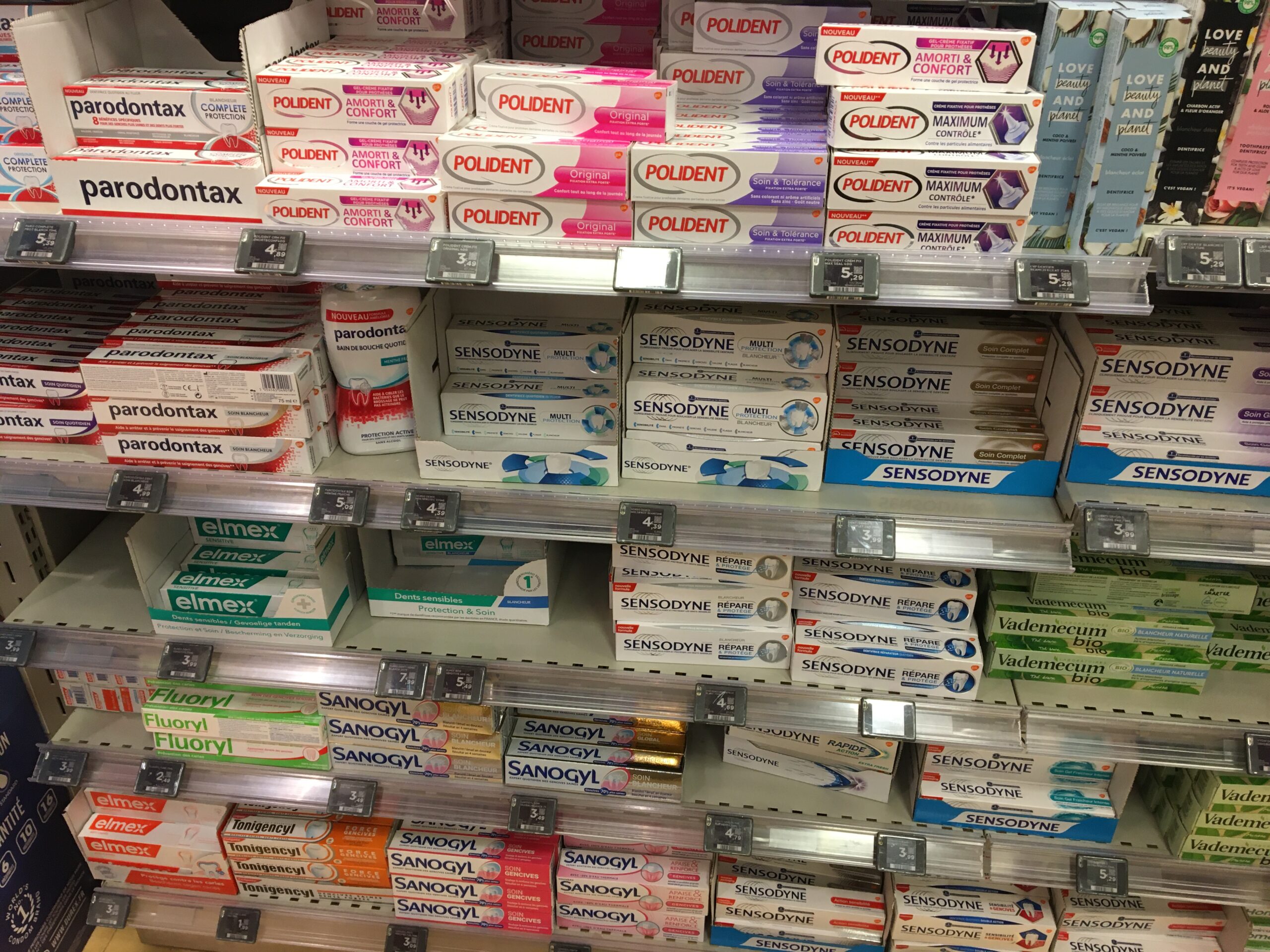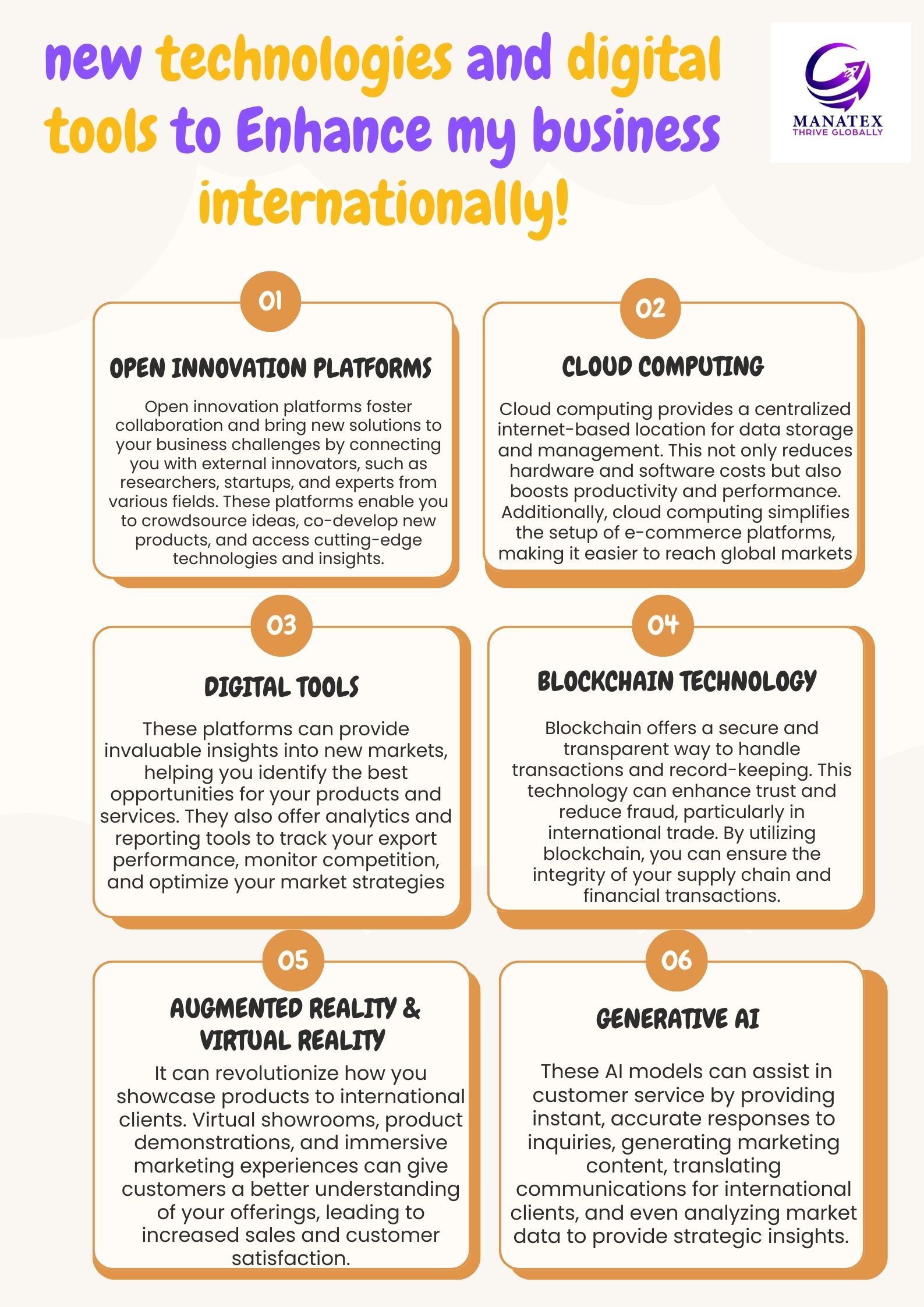Are you a consumer product vendor aiming to break into international markets and sell your products in retail chains abroad?
Indeed, listings in retail chains are essential for consumer goods because of the potential sales volume generated by chains’ purchase orders. However, the main reason is different. If the management of the company approaches new market penetration strategically, the company tries to build weighted distribution[1] and here retail listings are necessary. If the weighted distribution is in place, the vendor benefits from market share, sales volume etc.
This is easy to say but hard to do. Offline retail chains especially big ones have limited shelf space. It means that there is permanent competition between the brands for the best space on the shelf when selling in retail chains. However, there is also competition with retailer private label products, and in some chains and countries, it is even stronger than with brands of the competition. Even if a product is listed this is just the beginning of the story.
Buyers are committed to delivering the results to their employers (retailers) and if new products don’t perform as expected, they delist it much faster than it was introduced to the chain. The statistics are disappointing. Only a few percent of the listed products stay on the shelf longer than 6 months.
Does it mean listing the product in retail in a new country is mission impossible? No. That’s why buyers travel to other countries and professional exhibitions – to see the trends, innovations, and new product entries.
There is always a potential for success when selling in retail chains, but one must be wise to do it:
- As mentioned above, buyers must deliver financial results to the retail company. Usually, their KPI system includes the profitability of the category, the number of SKU in the assortment, stock freshness etc etc The job of the vendor is to make sure that these KPIs will be achieved/improved. This inquires deep understanding of the category in a certain market (one store check isn’t enough). So, the company should buy retail audit data for example, do several store checks, understand the gaps in the category (for example, there might be a lack of premium products), and figure out if the product of the company can fill in the gap. This can be the base of the story for the buyer. Here we should mention that it’s a dream to get listed without learning anything about the category and the potential client. A couple of years ago we were contacted by a toothpaste brand from the Eastern Europe that targeted Monoprix[2]. The product was good, but the company was really reluctant to learn about France and French consumers’ preferences as well as the category in Monoprix. It’s needless to say, they have never been listed.
- The company should work on commercial conditions and price structure and make sure that it can deliver the expected margin to the buyer. Since the product should demonstrate high turnover from the beginning, the vendor should work with the buyer and merchandising team and find out how much should be invested in marketing activities inside the point of sales, develop a mutual marketing plan etc
- Don’t forget about the relationships. It takes a lot of time to build relationships with retailers. If the representatives of the company don’t speak the local language, then the company should hire a trusted local specialist with key account management competence (truth be told, not many consultants can work directly with retail, whatever they promise). Finding a reliable agent that collaborates with supermarket/hypermarket/drugstore etc chains can be a great solution. The issue is that finding such an agent is often hard work or just luck.
- Retailers rarely import the product themselves (except in some countries and especially big retailers). This means the producer should find an importer or a distributor who takes care of it. A reliable distributor that has several contracts with retailers in the territory can be a good solution. But it always affects profitability. Also, retailers in some countries tend to get rid of wholesale intermediaries.
- Last but not least. Private labels can be a solution for collaboration if the company – producer is ready to sacrifice its brand. Private label collaboration is the whole story itself and it also inquires competence from the vendor. There are special trade fairs for companies that want to sell their product in retail chains and under retailer brands, for example Marca. Some companies do a great deal with private labels. For example, the Polish company – Torf Corporation produces wide assortment of the cosmetics products for leading European retail chains.
[1] Unlike Numeric distribution, weighted distribution is a qualitative KPI (the higher turnover of the category is done by your client the higher your weighted distribution is)
[2] Monoprix – a leading supermarket chains with a big cosmetics section in France.





